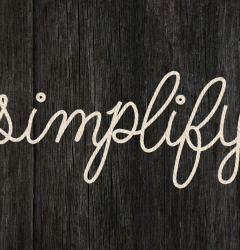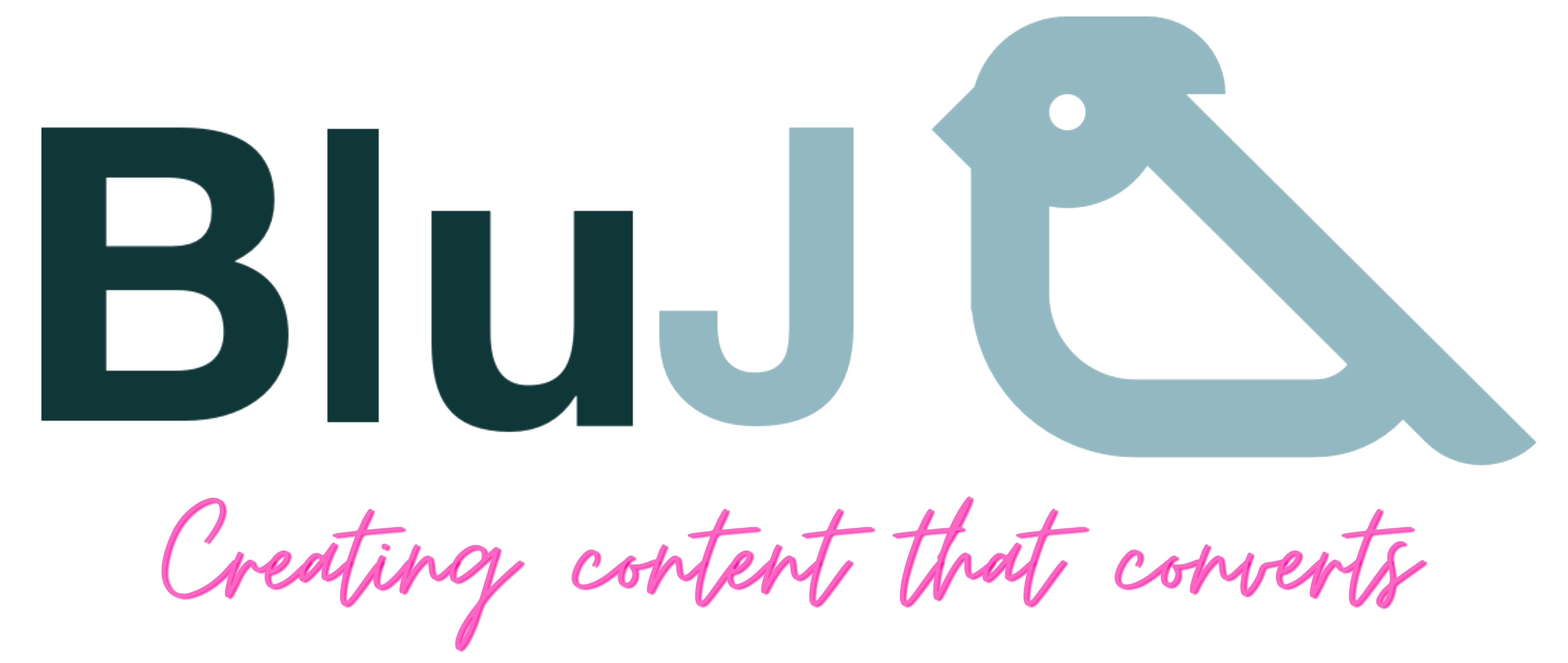
Learn about the benefits of a Consultative relationship and the 5 steps you need to take when migrating from a transactional relationship to a consultative one. It’s worth it!
You are likely to have some client relationships that are always at arms-length. The relationship is cold and they are primarily focused on the exchange of goods or services. This is a Transactional relationship!
In a transactional relationship, at least one party is primarily motivated by self-interest and seeks to maximize their own benefits from the exchange. There is usually little or no emotional or social connection between the parties, and the relationship typically ends once the transaction is complete. A lot like a one-night stand.
Transactional relationships can be efficient and practical in certain situations, but they are often short-term and lack depth. Transactional relationships can also limit opportunities for growth, reduce customer satisfaction, and put you at a competitive disadvantage. Developing a consultative relationship with your clients can help you overcome these problems and build a more successful and sustainable partnership.
In contrast, a relational or consultative relationship is focused on building a deeper connection and mutual understanding between the parties, and it is characterized by emotional investment, trust, and commitment to the relationship.
5 High-power Benefits of a Consultative Relationship
- Increased Trust and Loyalty: By actively listening to the client’s needs and providing customised solutions, you can establish a deeper level of trust and build a long-lasting and loyal relationship. This can lead to repeat business and referrals.
- Improved Communication: A consultative relationship involves open and honest communication, which can lead to a better understanding of the client’s needs and preferences. This can help you provide more effective solutions and avoid misunderstandings.
- Enhanced Customer Satisfaction: By providing tailored solutions that meet the client’s specific needs, you can increase their satisfaction and enhance their overall experience. This can lead to positive reviews and testimonials that can attract more clients.
- Increased Sales: A consultative relationship can lead to cross-selling and upselling opportunities. By understanding the client’s needs and preferences, you can identify additional products or services that can provide value and meet their requirements.
- Competitive Advantage: A consultative relationship can provide a competitive advantage over other service providers who only offer transactional relationships. By providing personalized solutions and building trust, you can differentiate yourself from competitors and position yourself as a trusted advisor.
In summary, having a consultative relationship with a client can provide numerous benefits, including increased trust and loyalty, improved communication, enhanced customer satisfaction, increased sales, and competitive advantage. By focusing on building a consultative relationship, you can establish a successful and long-lasting partnership with your clients.
Maximizing Your Business Potential with These 5 Steps to a Consultative Relationship
In this part of the blog post, we will discuss the key steps you can take to build a consultative relationship with your client
Step 1: Establish Trust and Rapport:
The first step in building a consultative relationship with your client is to establish trust. This involves being transparent, authentic and honest in all your interactions, listening to their concerns, and delivering on your promises. It’s a good idea to show examples of how you have delivered on your promises in other similar relationships or circumstances. Trust is the foundation of any successful relationship, and it takes time and effort to build. Therefore, it is essential to focus on building trust from the very beginning of your relationship with the client.
Step 2: Understand Their Needs:
To build a consultative relationship, you need to have a deep understanding of your client’s needs, goals, and preferences. This requires active listening and asking relevant questions to identify their pain points and areas of concern. By understanding their needs, you can provide solutions that are tailored to their specific requirements, which can strengthen the relationship and increase the likelihood of repeat business. Why not build a series of Win Themes that are important to your client and ensure you deliver in these critical areas. Don’t forget to keep track of examples when you delivered on these hot topics because they will be of interest to other clients and useful later.
Equally, your clients must understand your needs, so sharing the challenges you face, making suggestions on how they could help make your product or service better and educating them on the key parts of your industry and processes goes a long way.
Step 3: Provide Value:
Providing value is a crucial aspect of building a consultative relationship with a client. You need to demonstrate that you are committed to helping them achieve their goals and objectives by providing relevant and useful information, insights, and solutions. This can include sharing industry trends and best practices, offering customised solutions, and providing ongoing support and guidance. Keep a record of examples where you educated a client, shared insight, and how exceeded expectations, they are great use cases for other bids, sales pitches, and general account reviews.
Step 4: Communicate Effectively:
Effective communication is essential for building a consultative relationship with your client. You need to keep them informed about your progress, provide regular updates, and respond promptly to their queries and concerns. This can help establish a sense of transparency and accountability, which can strengthen the relationship and increase their confidence in your abilities. Don’t forget to share examples of the great things you have done for them, like how you went above and beyond, drove down risk, run interference on an issue before it materialised.
It is sometimes important to ask your clients to communicate with you in a particular way, perhaps with essential details, like on an order form or in a timely manner. Explaining the impact of late or poor communication is a good thing to do and share a SLA to manage expectations.
Step 5: Continuously Improve:
Finally, building a consultative relationship with your client requires a continuous effort to improve and evolve. You need to be open to feedback, willing to learn from your mistakes and adapt your approach to meet changing needs and preferences. By doing so, you can demonstrate your commitment to delivering exceptional service and build a long-lasting and successful relationship with your client. This is also a two-way street, where you can provide feedback to your client on ways to engage better, and things they can do to make your job quicker and easier, like communicating quicker.
In conclusion, building a consultative relationship with a client is not a one-time event but a continuous process that requires effort, commitment, and dedication. By establishing trust, understanding their needs, providing value, communicating effectively, and continuously improving, you can build a strong and mutually beneficial relationship that can lead to increased business success and growth.






